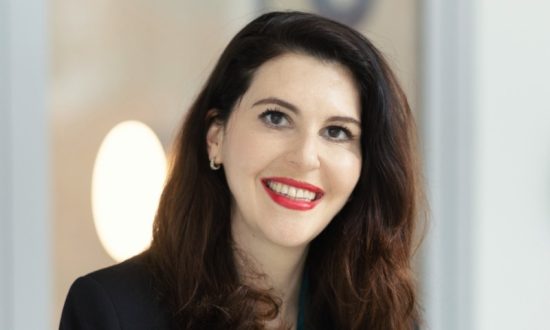Melanie Tschugmall is a dynamic entrepreneurial leader, digitalization enthusiast, and diversity enabler with a strong background in business development, sales and strategy. She is currently the Co-Founder & Board Member at The Small Village Botswana, a Swiss NPO making an impact through female empowerment in Botswana.
In the western hemisphere and the business world we know, there are governmental as well as private efforts, initiatives and legal frameworks and conditions to obtain more parity. More diversity and more importantly, as we have learned, more inclusion. Thank goodness! Because it may be nice to be invited to the party, but if no one wants to dance with you and the music is always the same, that achieves very little. Studies also show that diversity alone does not contribute to the desired success in the area of innovation and decision making as well as risk management, but that it requires an inclusive environment. And an inclusive, open and trusting environment, in turn, can only be created by all parties involved working together. As I said, we (society so to say) are working on it – it could go a bit faster, but we are making progress on the whole.
In my opinion, an even more relevant topic is equity and equality in addition to inclusion, which brings us to the next topic or perhaps the “next level” topic. And it should be noted that this is good – because nothing is set in stone and relevant social issues change and develop in this way as we open up as a society. And as an other side note – diversity and inclusion as well as equity is not a “female” topic, rather a society topic. When we speak about equality and equity, we distinguish between the two topics as follows: Equality means that the law and government treat everyone the same, irrespective of their status or identity. Equity means that, in some circumstances, people need to be treated differently in order to provide meaningful equality of opportunity. Often, these two topics are interchanged, but a clear distinction is very important.
Furthermore, next to the mentioned initiatives above, is that if we as a global society, because ultimately globalization can no longer be stopped, want to have an effective, inclusive and equal business world, we also have to look at the other side of the globe. Africa, for example. And here, too, there are studies that show that if even poorer developing countries were to participate in the innovation project and its monetization, it would be beneficial for the entire business world. To me, I like the analogy, that power, money or whatever some people are afraid to lose, is not a cake. That means, if the others have more, you do not have less. On the contrary, everyone benefits from it if you see it more as a “business model” and ecosystem and less as a “secret project”. Last but not the least, it is also essential that we start to think in the long term, because the big problems we face as a society cannot be solved with our traditional, short-term thinking. So, when we turn back to Africa, I believe that there are still a lot of (business) opportunities for everyone involved, if we approach it in a new way, on an equal footing. But because equity is not a self-understanding, empowerment is also needed to help people help themselves. And it has also been proven that especially in rural areas that are still very community-based, it is the women who can bring them forward in a holistic, sustainable way. On the one hand, they often provide for the family, take care of the elderly, but more importantly, educate the youth. They can thus positively influence the next generation and at the same time help shape the country from the very beginning. But what does that have to do with design thinking?
As co-founder and member of the board of the Swiss NPO the small village Botswana, I am convinced that we can only help the local population if we understand the problems properly from the point of view of local people. And it helps if we use the design thinking approach that is often used in business – namely, what does the customer need and how can we contribute the most value? As an example, in reality, it is of no use to apply the western mindset and build a well in the centre of a village, for example, when you know that this well will attract elephants looking for water. But you can’t know that as an outsider if you don’t ask the local population and involve them in solving the problem. And in order for the local people to be able to communicate on an equal footing, they need the necessary skills, and these should be trained to them. That is also the reason why our latest project “why wait” is around skill building. And that, in my opinion, is the right approach to help at eye level to maintain equity and thus empower the next generation to live more diversity and inclusion and to claim their place in society with self-confidence.
References:
- WEF_Global_Parity_Alliance_2023.pdf (weforum.org)
- Diversity alone is not enough – RSA Comment – RSA (thersa.org)
- Equity vs. Equality: What’s the Difference? | Othering & Belonging Institute (berkeley.edu)
- ENGLISH_Why_it_Matters_Goal_10_Equality.pdf (un.org)
- wcms_601071.pdf (ilo.org)

